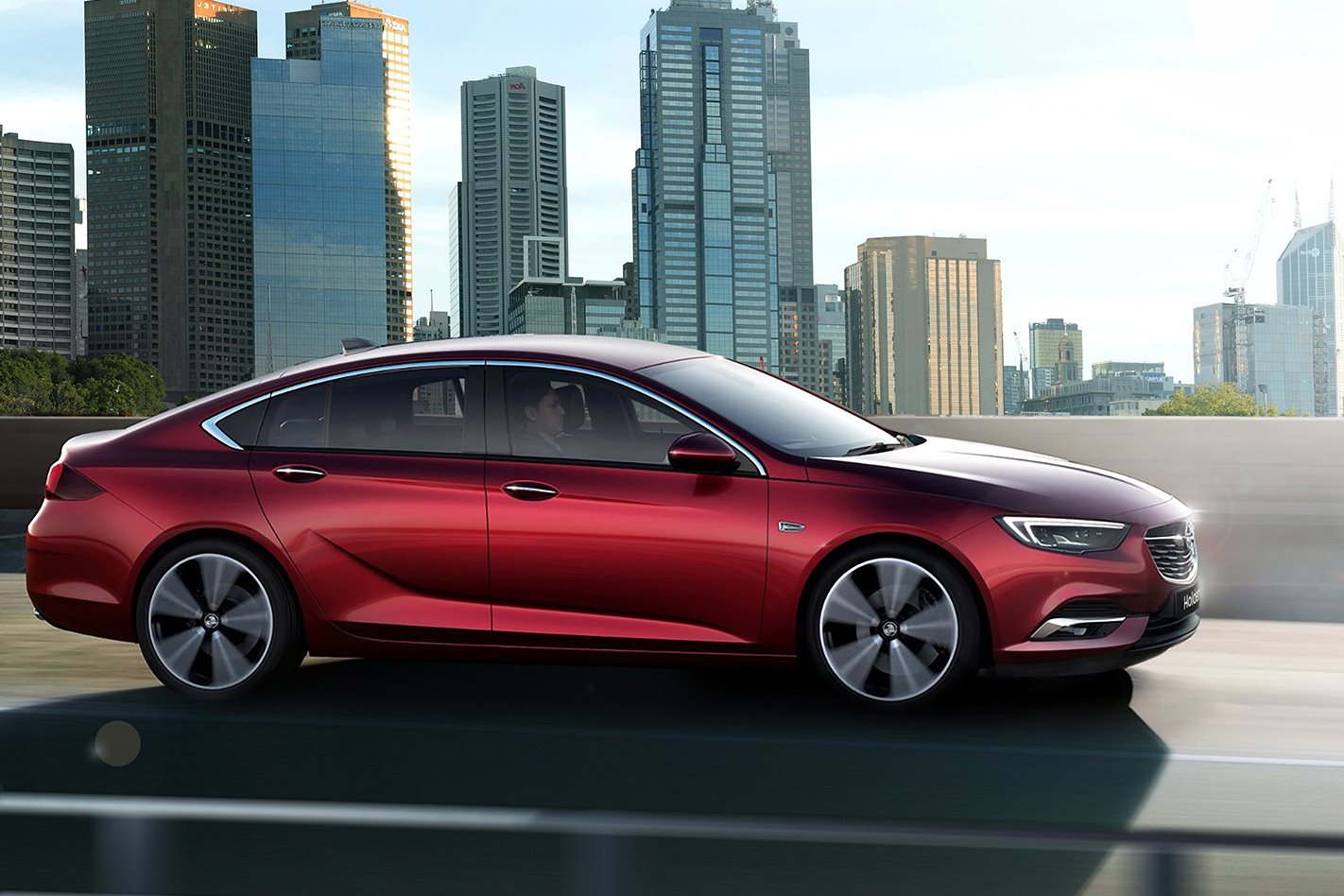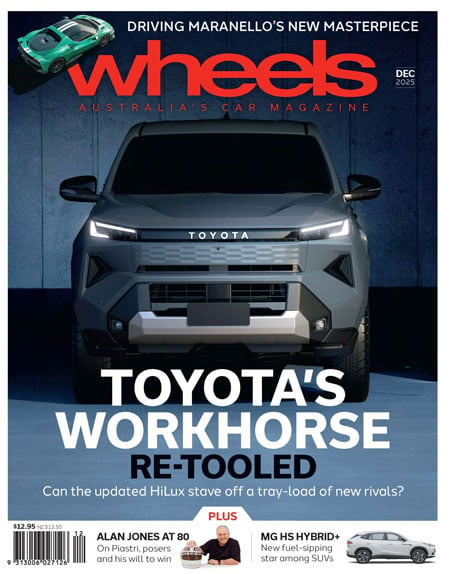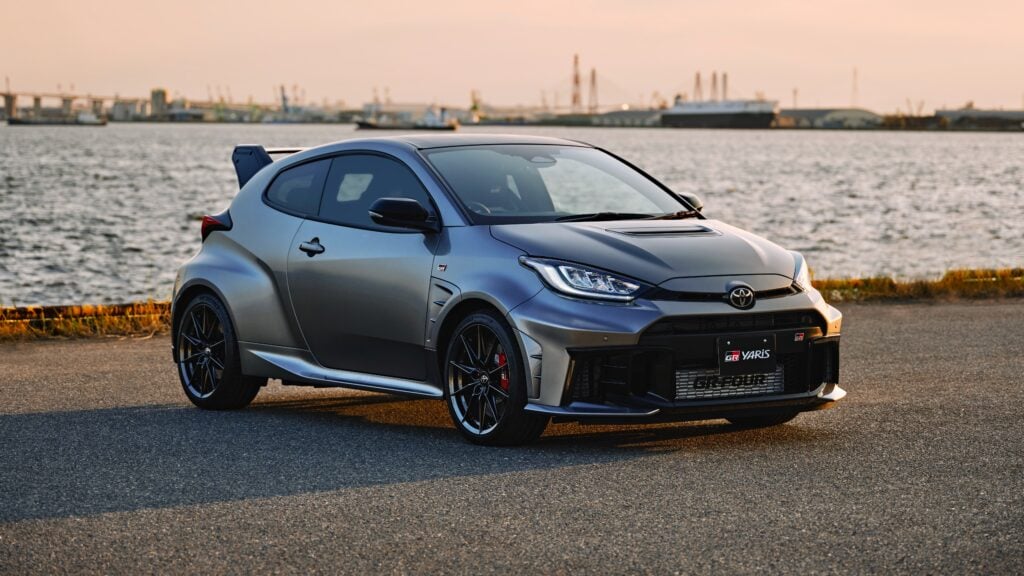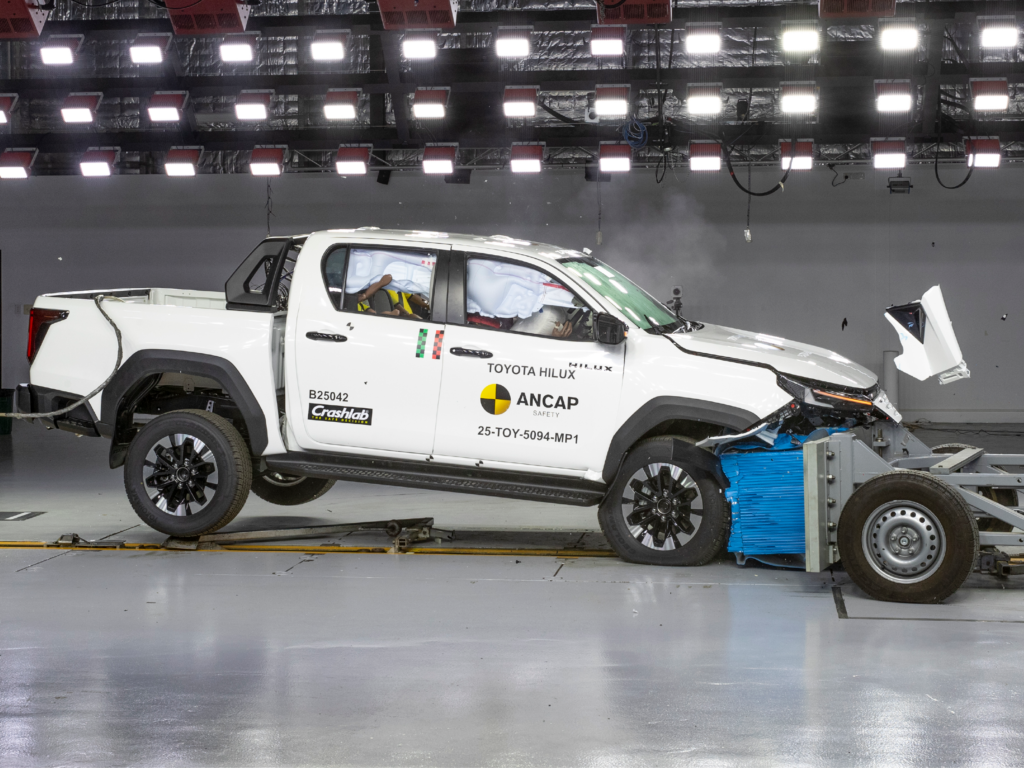THE name might be familiar, but the 2018 Holden Commodore will be as foreign to the name plate’s history as the factory in which it will be built.
The next-generation Commodore will be built in Germany on GM’s E2XX platform, and based around a European engineered and designed Opel Insignia mid-size car. The idea of a European model replacing the Aussie built version isn’t a new one: the first signs that the next Commodore would not have ground-up local design and development emerged in early 2014 as Holden started planning its replacement for the current car’s Zeta-based, Aussie engineered and developed global rear-drive platform.
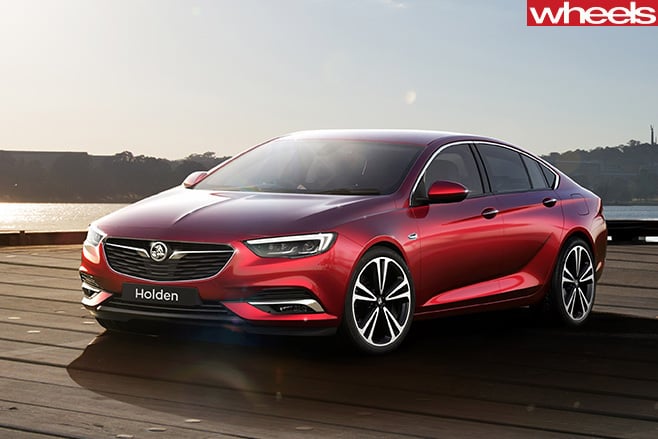
There’s more than just the introduction of a diesel engine that Commodore buyers will need to get their heads around. The sedan shape remains for the next-generation car, but instead of a traditional bootlid the new Commodore gains a hatchback that puts it on the same playing field as the Skoda Superb. We can also expect a “Sportback” wagon version of the new Commodore featuring a powered tailgate, and potentially a jacked-up, all-wheel-drive SUV-style five-door that hasn’t been part of the Commodore-badged range since the VZ-based Adventra. That last one may yet be replaced with an all-new, high-riding SUV spun off the same E2XX platform.
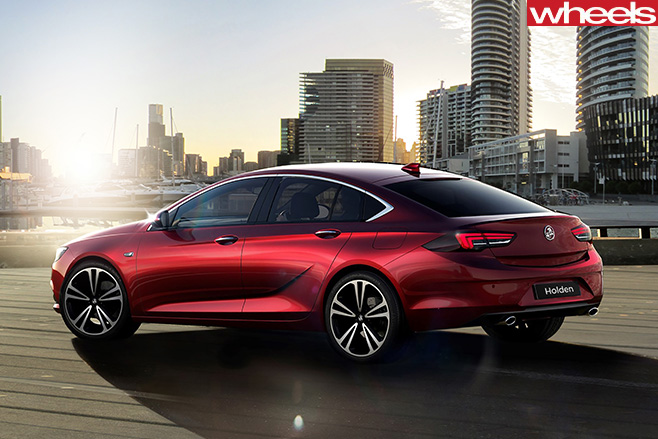
It will also be the first time in 40 years that Holden will shift from the front-engine, rear-drive formula that has served the Commodore so well. The Insignia-based Commodore will keep its engine up front, but will instead drive the front wheels across most of its variants, with top-spec cars fitted with a 230kW/370Nm 3.6-litre V6 featuring all-wheel drive and a nine-speed automatic transmission.
The all-wheel-drive system, called “Twinster”, replaces a traditional differential with a pair of clutches that splits drive between the rear wheels according to demand. It works up to a maximum split of 50/50.
The new, lighter Commodore will have a smaller footprint than the one it replaces, the first time in the name plate’s almost 40-year history that the family hauler has shrunk – only slightly – in size. It sits on an 86mm shorter wheelbase, and inside a body that’s 36mm narrower and 74mm shorter in overall length than the car it will replace.
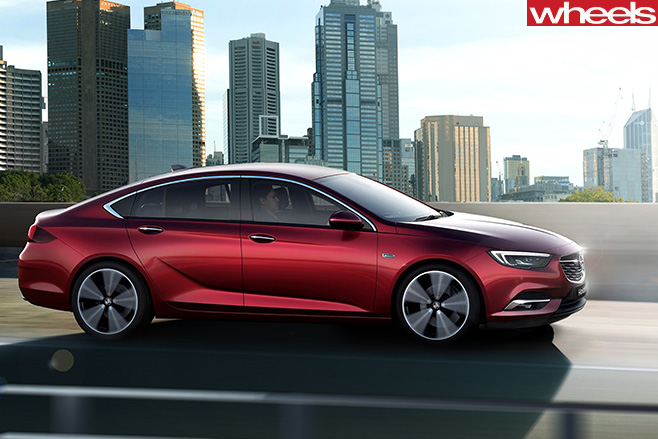
The new Commodore also makes the technology leap in terms of fuel savings on V6-engined models with cylinder deactivation, and in terms of driver assist systems. For starters, it will add the option of LED matrix headlights that push the envelope in terms of lighting technology. It will get a switchable drive mode that allows the driver to flick between Standard, Tour and Sport modes, changing the way the throttle and gearbox respond to driver inputs. Adaptive suspension – so far only a feature on high-priced HSV-fettled versions of the Commodore – will provide a better connection between car and driver, and torque vectoring will help it carve corners like a pro.
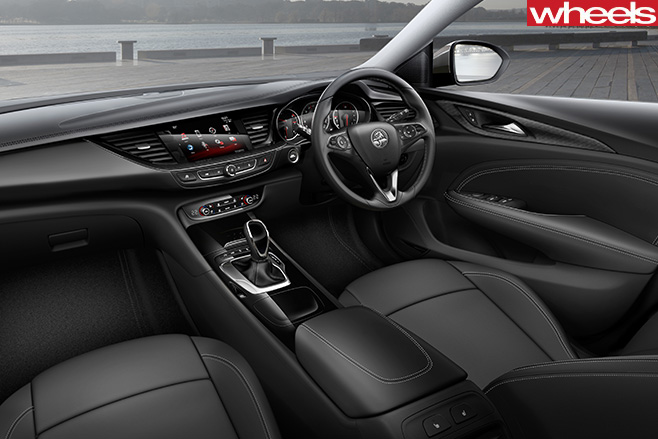
The new Commodore is expected to stick to the self-parking technology adapted to the current-generation Commodore, and include a speed limit function for the cruise control for the first time.
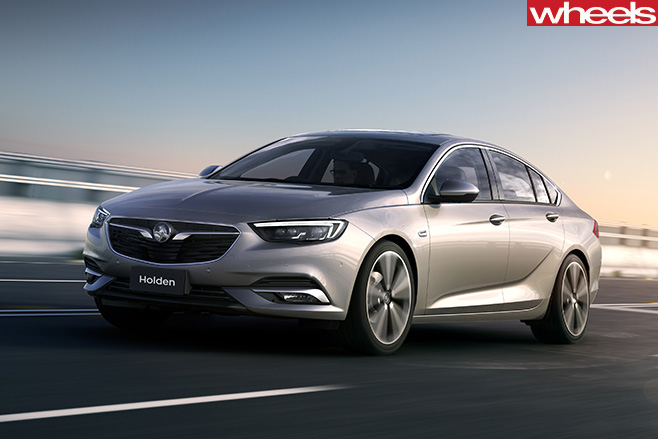
In terms of comfort, Holden should have plenty of options to choose from. That includes heated seats, adjustable side bolsters that hug the driver and front-seat passenger in, and even a massage function – a feature fitted to versions of the current Commodore sold overseas, but never offered here in Australia. It will also add active noise cancellation to make the cabin more hushed, and will carry over the head-up display option offered on the current car.
Despite what you’ve read so far, the next-generation Holden commodore will speak ‘Strayan, even if underneath there is a slight German accent. Holden engineers have been embedded at Opel all through the development phase of what will underpin the 2018 Commodore, and our recent drive of a development mule shows the car is being honed so that it is less lederhosen and more Stubbies by the time it goes on sale alongside run-out stock of the old car.
The new Commodore is still more than a year away from replacing the last of the Aussie-made namesakes. Jumping to a global platform opens up a world of opportunity unavailable to the anachronistic, orphaned rear-drive platform that became a victim of global forces.
It will be a changed car for a changing world.

